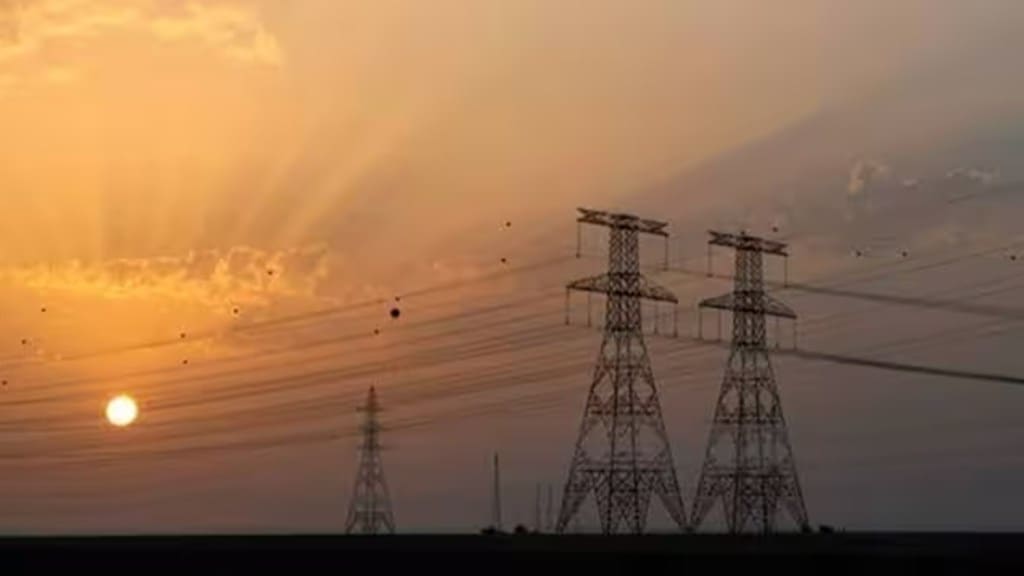Hydro power generation fell by more than 6% in August and nearly 9% in the first five months this fiscal leading to peak power demand shortages during the non-solar hours, as per the data from Central Electricity Authority (CEA).
“As the rainfall has not been up to the mark, hydro power generation is down as compared to last year. Even the wind generation is subdued,” said Vikram V, vice-president and sector head, corporate ratings, ICRA.
India saw an all-time high of peak power demand of 240 gigawatt (GW) last Friday and the same day peak shortage was exceptionally high at more than 10 GW. At all-India level, the peak shortage of 7,591 megawatt (MW) was noted at 22:40 hours.
“The shortfall is not because of the renewables or solar. Generation from other sources like coal has not picked up as fast as the growth in power demand and, so there is a shortage in meeting power demand during night time,” he said.
The power ministry has directed the coal-based power plants to import 4% of their coal requirement till March 2024 to avoid outages, as the gap between consumption and receipt of coal at these power plants exceeded six million tonne (MT) in August.
Coal imports had fallen 24% to 17.85 MT during April-July as state-run Coal India (CIL) reported increase in coal output by 11% so far this fiscal till August and the unseasonal rainfall cooled the need for power during the usual summer period.
However, August turned out to be driest in more than a century with deficiency of about 36%. This surged the share of coal in total power generation to 66.7%, highest for the month in six years, and share of hydro power fell to 15% from 18% a year-ago.
The sudden and unusual spike in power demand in August was due to deficient rainfall leading to hot weather conditions, increased usage of cooling appliances, more usage of electricity by farmers to irrigate fields and increased industrial activity.
Power consumption shot up by more than 16% year-on-year to 152 billion units (BU) in August. The shortage in power supply was 780 million units last month. India’s power demand is likely to grow by more than 70% by 2032, as per a Fitch Group report.
While the current share of renewable energy and large hydro is about 24% in the total power generation in India, the government has committed to increase it to 40% by 2030 and close to 50% by 2032, as per the national electricity plan.

